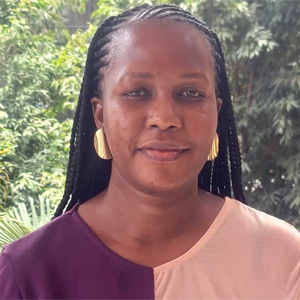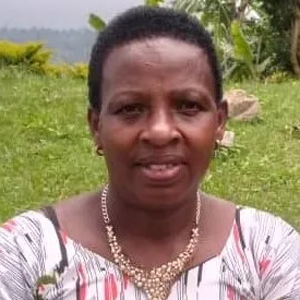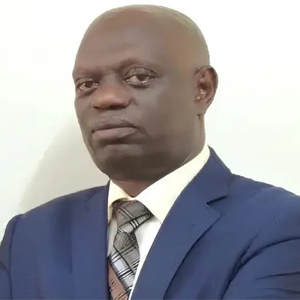Making climate and biodiversity finance work for people
Since the late 2000s, billions of dollars have been invested in restoration efforts across Africa. Initiatives such as the Great Green Wall and the AFR100 Initiative alone have mobilized over $10 billion in funding from African countries, international donors and various financial institutions. These restoration projects, which focus on rehabilitating deforested and degraded lands, are carried out in collaboration with local communities that rely on these lands for the rainfed agriculture that sustains their livelihoods. These communities are among the most vulnerable to environmental crises, caught in a cycle of poverty, land degradation and climate change impacts.
While there have been notable successes, investments in restoration could achieve greater impact if guided by a coordinated national strategy that integrates both environmental and social welfare objectives. Across Africa, social welfare programs exist in almost every country, although their scope, coverage and effectiveness vary significantly between countries. These programs provide financial assistance to the same demographic group targeted by restoration projects, focusing specifically on the elderly, children, disabled individuals and low-income households.
This session aims to bring together key rural development experts and local stakeholders to explore opportunities to align restoration programs with social protection objectives, thereby supporting governments in building household resilience, improving social protections and restoring landscapes.

Godfrey Rogers Natwaluma

Eric Francis Acanakwo

Monique Akullo

Agnes Nafuma




















